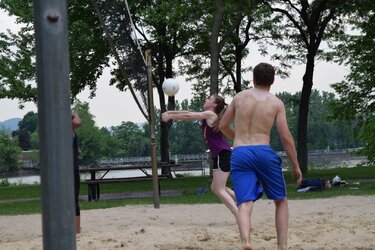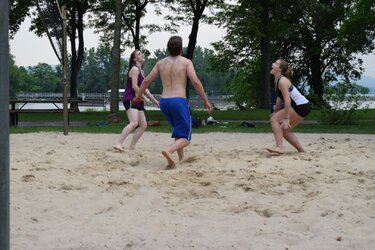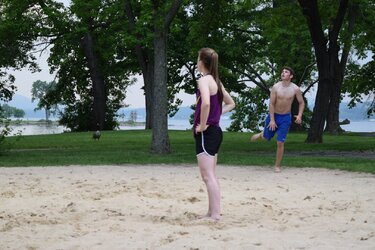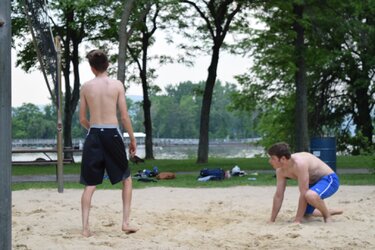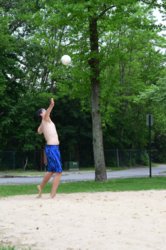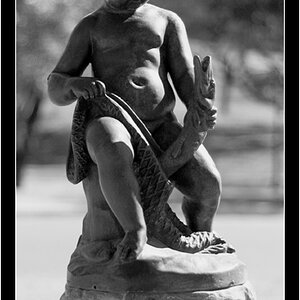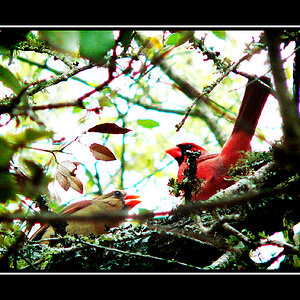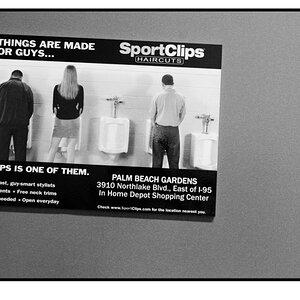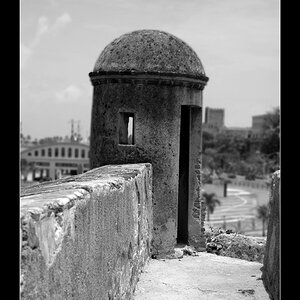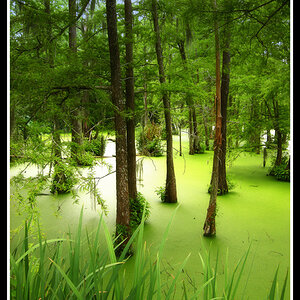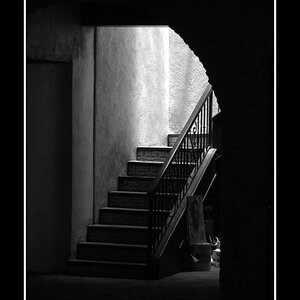TheLibrarian
TPF Noob!
- Joined
- May 6, 2016
- Messages
- 120
- Reaction score
- 12
- Location
- Hudson Valley, NY
- Can others edit my Photos
- Photos OK to edit
I tried shooting my first fast action shots at the park. Have a few questions and I'll note a few things I liked or want to try.
1. Are there any basic rules or guidelines to capturing sports, to make it easier, look better etc?
I can see even pretty close to the action I need a zoom lense.
2. How to get the fastest pic possible? I was on the sports preset the whole time, it should have crossed my mind to try S priority.
It was volleyball and moved pretty quick. I quickly learned to not keep my lens on the ball. I would get a bunch of serving shots but by the time I got both shutter clicks, the screen went black and waiting forever for the image i just took to load to load much less go away so I could take another shot. I'm sure i just have to wait and take shots when i can, I also need to try burst and continuous obviously. If I didn't have it on live view that might speed up the process as well.
Luckily I'd already heard about continuous focus and was way surprised nothing was out of focus completely (except the one someone tried to pose of course). I need to figure out how to set a back focus too but should be able to figure it out. If I do then 2 things...
1a. Will that make the shutter slide straight down in on one press? if that makes sense.
2a. Can I put it on the zoom on playback button or the trashcan button and it will only be autofocus when not looking at images or whats good to set for back focus?
Another thing about speed and hitting someone at the moment of contact... do I need to anticipate just for my own reflexes or do i need to give the camera some lead time too? This goes back to will higher shutter speeds just whip out the pic quicker?
A few things i noticed to make note for myself. I noticed too that it may be useful to not always go for action shots... reactions to victory and defeat make good pics and are common in sports photography. Have to run now but will add in comments if i remember more later.
Thanks
Sorry no good pics, some ok but like i said too i dont even have the lens for it.
1. Are there any basic rules or guidelines to capturing sports, to make it easier, look better etc?
I can see even pretty close to the action I need a zoom lense.
2. How to get the fastest pic possible? I was on the sports preset the whole time, it should have crossed my mind to try S priority.
It was volleyball and moved pretty quick. I quickly learned to not keep my lens on the ball. I would get a bunch of serving shots but by the time I got both shutter clicks, the screen went black and waiting forever for the image i just took to load to load much less go away so I could take another shot. I'm sure i just have to wait and take shots when i can, I also need to try burst and continuous obviously. If I didn't have it on live view that might speed up the process as well.
Luckily I'd already heard about continuous focus and was way surprised nothing was out of focus completely (except the one someone tried to pose of course). I need to figure out how to set a back focus too but should be able to figure it out. If I do then 2 things...
1a. Will that make the shutter slide straight down in on one press? if that makes sense.
2a. Can I put it on the zoom on playback button or the trashcan button and it will only be autofocus when not looking at images or whats good to set for back focus?
Another thing about speed and hitting someone at the moment of contact... do I need to anticipate just for my own reflexes or do i need to give the camera some lead time too? This goes back to will higher shutter speeds just whip out the pic quicker?
A few things i noticed to make note for myself. I noticed too that it may be useful to not always go for action shots... reactions to victory and defeat make good pics and are common in sports photography. Have to run now but will add in comments if i remember more later.
Thanks
Sorry no good pics, some ok but like i said too i dont even have the lens for it.



